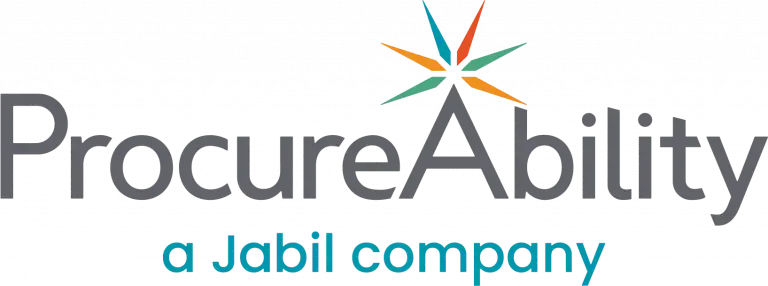4 Ways Gen AI is Transforming Procurement

St. Petersburg, FL (August 14, 2025) – Darshan Deshmukh, President of ProcureAbility, was recently featured in Supply & Demand Chain Executive.
Strategic procurement serves a major value driver for supply chains by procuring the supplies needed for operations at a price that allows the organization to remain profitable. But as procurement becomes more complicated with increasing numbers of suppliers around the world, market fluctuations, political shifts, and supply chain disruptions, delivering that value is becoming increasingly difficult. As prices rise, budgets are stretched thinner. As contracts and other paperwork change, time must be devoted to updating those rather than focusing on long-term value. Procurement professionals need a partner in value to help them achieve and surpass goals. Generative Artificial Intelligence (Gen AI) is fast becoming that partner.1
While human procurement professionals still excel at the human side of procurement —like supplier relationship management and creative problem-solving — Gen AI in procurement serves as the technical partner. It can accomplish the more mundane and technical procurement tasks more quickly and with higher accuracy. Gen AI also can dive through large pools of data to find trends and actionable insights that in turn enable procurement professionals to make informed decisions.
How procurement and AI are teaming up to deliver greater value
Gen AI already is making valuable contributions to procurement in the following four areas:
- Contract management: Executed contracts typically are stored in repositories with limited metadata fields, which makes it hard to quickly find specific information with just a basic search. Instead, AI can scan pages and pages of text to find the relevant data points. For example, one European company used generative AI to find its contracts that had General Data Protection Regulation clauses. The AI platform allowed the company to filter agreements by geography, category, or contract type, which helped them ensure compliance and reduced what was once a time-consuming manual review process to mere minutes. Taking this a step further, Gen AI’s large-language models can not only help find clauses that need to be updated but suggest text that better aligns with the current situation.2
- Invoice processing: Manual invoice processing also is time consuming and leaves plenty of room for error. Some professional services invoices can have hundred of line items, which can be difficult to check in detail before approval. Generative AI can extract rate tables and verify details against contract terms to find any discrepancies and prevent the company from paying for items or services that were not ordered. The technology also can detect payment term variances that can impact cash flow. One company found that 1 percent of spend was paid early because of invoice discrepancies. AI can reconcile terms in real time, eliminating costly errors that previously required post-payment audits and supplier negotiations. To help with the negotiations, generative AI also can help draft emails explaining the issue and requesting corrective actions.
- Spend analytics: Generative AI tools can extract line-item details from invoices and payment documents, enabling precise categorization of spend. This allows organizations to isolate charges such as freight, taxes, and overhead fees, unlocking deeper savings opportunities. In addition, some companies are using generative AI to analyze years of spend and usage data to find usage patterns and identify opportunities for volume discounts or long-term capacity commitments.
- Category management: By analyzing line-item data, as in other use cases, generative AI can identify deeper insight into purchasing behaviors and supplier relationships. With line-item-level insights, category managers can better track the precise quantities purchased and use this information for data-driven negotiations and control maverick spending. For example, if a company has negotiated discounts for PCs with one supplier and office supplies with another, generative AI can flag when peripherals are mistakenly bought at full price from the wrong or less optimal supplier. In the past, such mistakes would often be caught by manual spot audits, but generative AI can flag this as fast as real time to ensure spending happens within preferred supplier agreements. At the same time, generative AI can review past category plans, spend profiles, and sourcing databases to recommend category strategies, drastically reducing the amount of time it takes to plan, giving companies more time to execute and reap the benefits.
Read his full article in Supply & Demand Chain Executive.
Sources:
About Darshan Deshmukh
Darshan has extensive global operations and delivery experience in the managed services and advisory fields. He has deep expertise in building global programs focused on procurement, strategic sourcing, category management, and supply chain/procurement transformation.
Prior to joining ProcureAbility, Darshan spent most of his career building large-scale, global delivery operations. He spent a decade in a series of global leadership positions in IBM’s Integrated Supply Chain organization and then joined Denali Sourcing Services as operations leader and was instrumental in establishing and growing the company’s global delivery capability. After Denali’s acquisition integration with WNS, Darshan transitioned to tech start-ups, OpenGov and Icertis, where he built their global professional services and customer success organizations. Darshan has worked with global clients in high-tech, financial services, manufacturing, retail, utilities, and healthcare/pharma.
Darshan holds an undergraduate degree in Mechanical Engineering, a graduate degree in supply chain from Penn State, and an MBA from MIT Sloan School of Management. He loves international travel, movies, and everything food, and divides his time between Seattle and Palm Springs.
About ProcureAbility
ProcureAbility, a Jabil company, is the leading provider of procurement services, offering advisory, managed services, digital, staffing, and recruiting solutions. For nearly 30 years, we have focused exclusively on helping clients elevate their procurement function.
We combine leading methodologies, analytics, market intelligence, and industry benchmarks with our uniquely flexible and customizable service delivery model. Global organizations of all sizes trust ProcureAbility to transform their procurement operations, drive growth, and reimagine what’s possible.
Let ProcureAbility help you reimagine your procurement capabilities.
Media contact:
Kathleen M. Pomento
Chief Marketing Officer | ProcureAbility
kpomento@procureability.com



